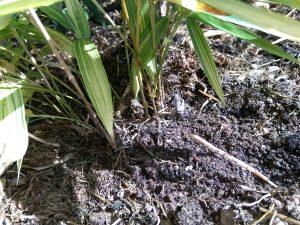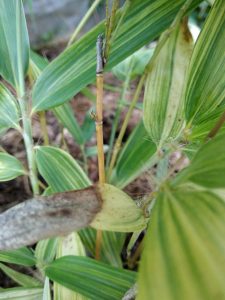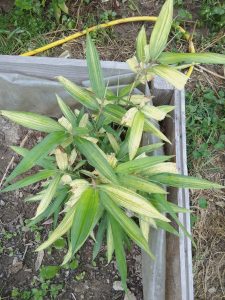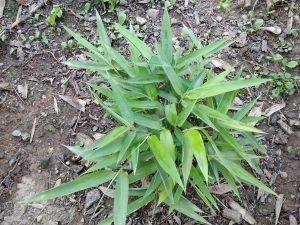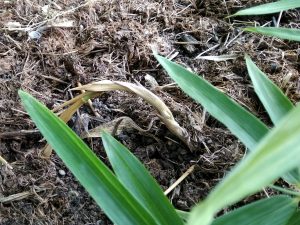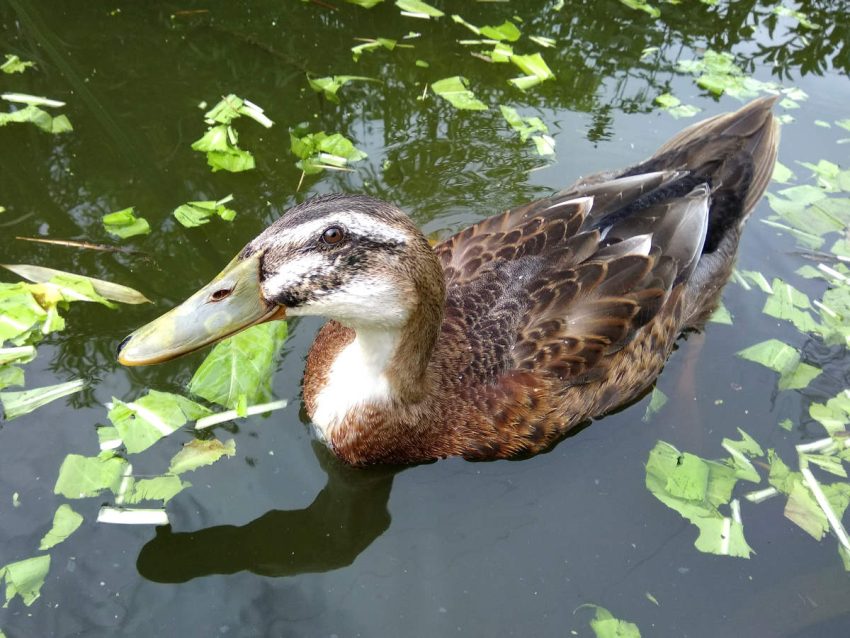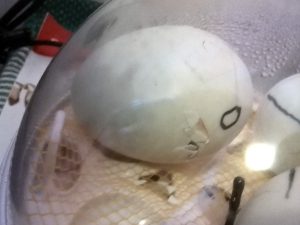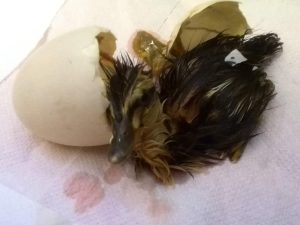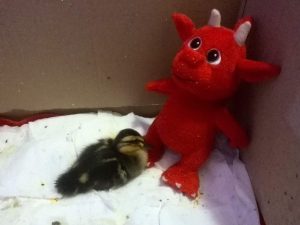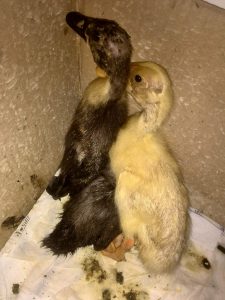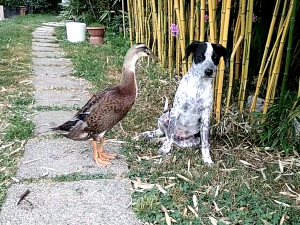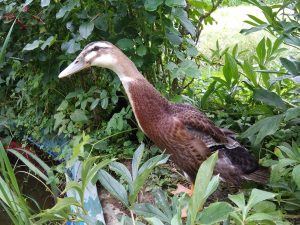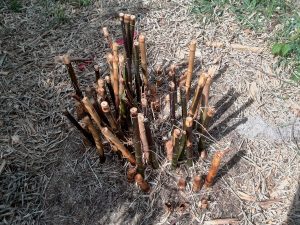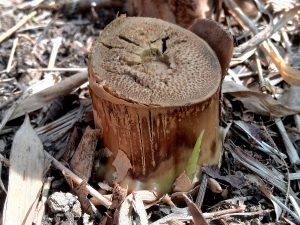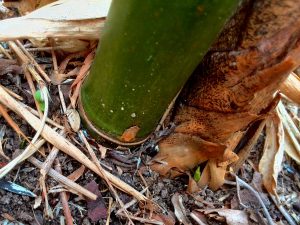Rhizomes of young Phyllostachys arcana seedlings
As I mentioned in one of my previous posts, Phyllostachys arcana seedlings finally started growing rhizomes this summer. Due to hot and dry weather, many of my bamboos suffered from mild drought, but overall, they liked this summer.
The vigorous seedling

Extremely active and aggressive seedling which started running before it was 6 months old didn’t grow much this spring. During the early summer, it only received a couple of new shoots. It’s planted in a bucket, which made it suffer during the dry weather. Occasionally, when I was not around, it got completely dry. When I watered it, it bounced back, but it lost most of the growing tips. It was somewhat pale during most of the summer, so I didn’t expect much. When weather cooled down, I noticed a hole in the pot. Rhizome broke the thick plastic. At that point it was the first time I saw that the whole pot already got deformed, and it was clearly visible that there’s a lot of rhizome activity inside – bucket was bursting!
Variegated seedlings



Until recently, highly variegated seedlings of Phyllostachys arcana ‘Luteosulcata’ were not nearly as aggressive as other, non-variegated seedlings. It seems that most seedlings I started from the Luteosulcata seeds, run with extreme force. I placed the variegated seedlings into raised bed and they loved it. With early autumn, rhizomes also arrived. It is evident, that all the seedlings have rhizomes which love to travel above ground before plunging back into the soil. That makes them really easy to find. Two bright variegated seedlings have very similar leaves and variegation, but they don’t share the rhizome color. The slightly older seedling’s rhizomes are yellow, with only just a notch of green. The other one has dark green rhizomes, similar to the color of regular green seedlings. The same applies to shoot color as well. None of them shows any kind of specific sulcus coloration.
Seedlings that survived the winter outside

I left a couple of weak bamboo seedlings outside, planted in my raised bed. I did not have the will and energy too get them inside and prepare them for the winter. As these were the weakest seedlings, growing in deep shade of my chili plants, I decided I could try their winter hardiness that way. If they would have perished, I would know I need to take care about the remaining plants with more effort. They not only survived the winter untouched, they started running at least as aggressively as my most aggressive seedling at comparable size. Rhizomes are much thicker than those from the overwintered bamboos and they seem to travel even further away. Based on their happiness and vigor, I decided to keep all my variegated seedlings outside this winter as well. Hopefully they will be equally hardy and the winter will not be too hard on them.
The remaining neglected seedlings

I have a dozen or so more seedlings that are inside smaller containers. They were neglected and stayed alive, but remained small – the size of 2 month old seedlings. Their resilience is kind of striking, they were almost completely dried out, frozen, growing in deep shade, bright light and in the end, grass had overgrown their pots. I was thinking about planting them somewhere for a while to help them get going, but I’m really tight on available space. I’ll need to do something about that, but in the meantime, I’ll just try keeping them alive. They don’t die easily though, they are the opposite of Phyllostachys pubescens – Moso bamboo seedlings. Those often die off from no apparent reason just if you look at them the wrong way.
